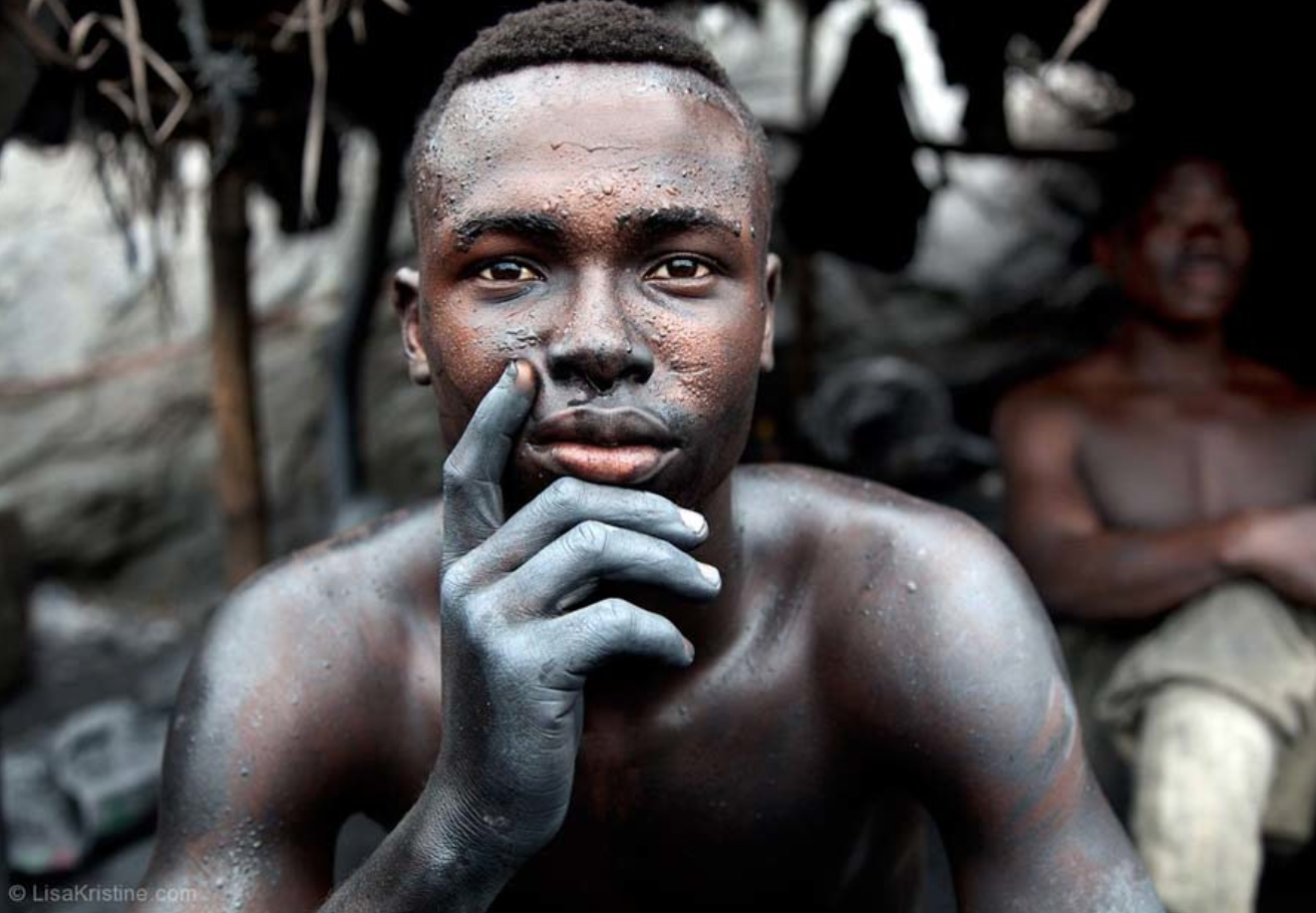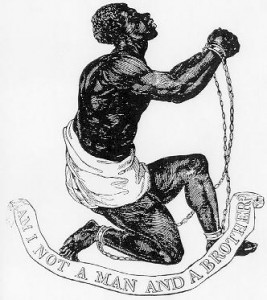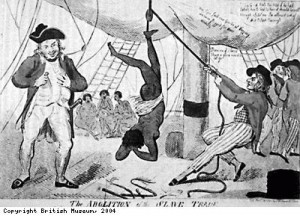This blog is primarily dedicated to slavery as it existed from the 17th through 19th centuries⎯ and the idea that slavery was eradicated with the last country to abolish it during this phase, Brazil in 1888, is commonplace. But while this was one of the apexes of allowing human beings to be bought and sold like chattel, it was by no mean the end of it. Modern slavery is just as—or more⎯ pervasive, violent, and as deeply wrong on a fundamental level as it once was; but the pernicious part is that while Atlantic slavery dominated conversations religious, political, and ethical until it was abolished, modern slavery is barely part of the discussion.
Photographer Lisa Kristine had been photographing the whole gamut of subjects, all over the word, and for 28 years, when she met a supporter of the organization Free the Slaves. Over the course of their discussion, the supporter informed Kristine that there were (in 2009) 27 million slaves worldwide living in conditions just as execrable as any 19th century account (this is the same estimate as the one released by the US State Department in 2013 http://rendezvous.blogs.nytimes.com/2013/06/20/27-million-people-said-to-live-in-modern-slavery/?action=click&module=Search®ion=searchResults%230&version=&url=http%3A%2F%2Fquery.nytimes.com%2Fsearch%2Fsitesearch%2F%3Faction%3Dclick%26region%3DMasthead%26pgtype%3DHomepage%26module%3DSearchSubmit%26contentCollection%3DHomepage%26t%3Dqry168%23%2Fmodern+slavery) This discovery bowled her over, and made her determined to help these people in the best way she knew how; by giving them a face, and a voice. (http://www.theatlantic.com/international/archive/2012/09/slavery-still-exists/262847/)
The facts that led to Kristine’s professional change of course are truly staggering, both in comparison to slavery in the past, and intrinsically. In the 19th century, an agricultural slave cost about the average American farmer’s yearly wage, about $50,000. And yet today, an entire family can be enslaved to pay off a debt as low as $18. The scale of the problem is immense, both in numbers and ubiquity. NY Times Nick Kristoff estimates that at least tenfold as many girls are trafficked through brothels as Africans were brought into the New World during the peak of the slave trade. And the problem truly is ubiquitous– while the worst countries in the world for modern slavery are Iran, North Korea, Cuba, Sudan and Zimbawe, (http://www.theatlantic.com/international/archive/2013/06/a-fascinating-map-of-the-worst-countries-for-modern-slavery/277037/) the Walk Free Foundation estimates that there are at least 60,000 modern slaves being forced into labor in the United States. Moral imperatives are moral imperatives, and the need to stop injustice shouldn’t be limited by something as trivial and arbitrary as national borders. But at the very least, we should be able to save the 60,000 poor souls living within our own.
The problem is immense, and on a global scale; it also encapsulates a wide stretch of definitions, everything from involuntary child prostitution to forced labor. The rush to finish infrastructure for the 2014 Olympic Games in Sochi led to widespread human rights abuses of migrant laborers, with a similar pattern occurring in Brazil with their preparations for the World Cup. In countries such as Mauritania, children can be born into slavery
This isn’t a problem easily fixed; it’s enormous and entrenched. When existing infrastructure that could be solving the problem has yet to, the solution is far more complicated than cut-and-dry 1), awareness, 2), widespread horror, 3), call-to-action, 4), problem solved. This illuminating op-ed was published in the New York Times— 14 years ago. The State department released this report a year ago http://rendezvous.blogs.nytimes.com/2013/06/20/27-million-people-said-to-live-in-modern-slavery/. It’s been half a century since Abraham Lincoln legally freed American slaves; and yet the 27 million slaves struggling to survive today are still waiting.


